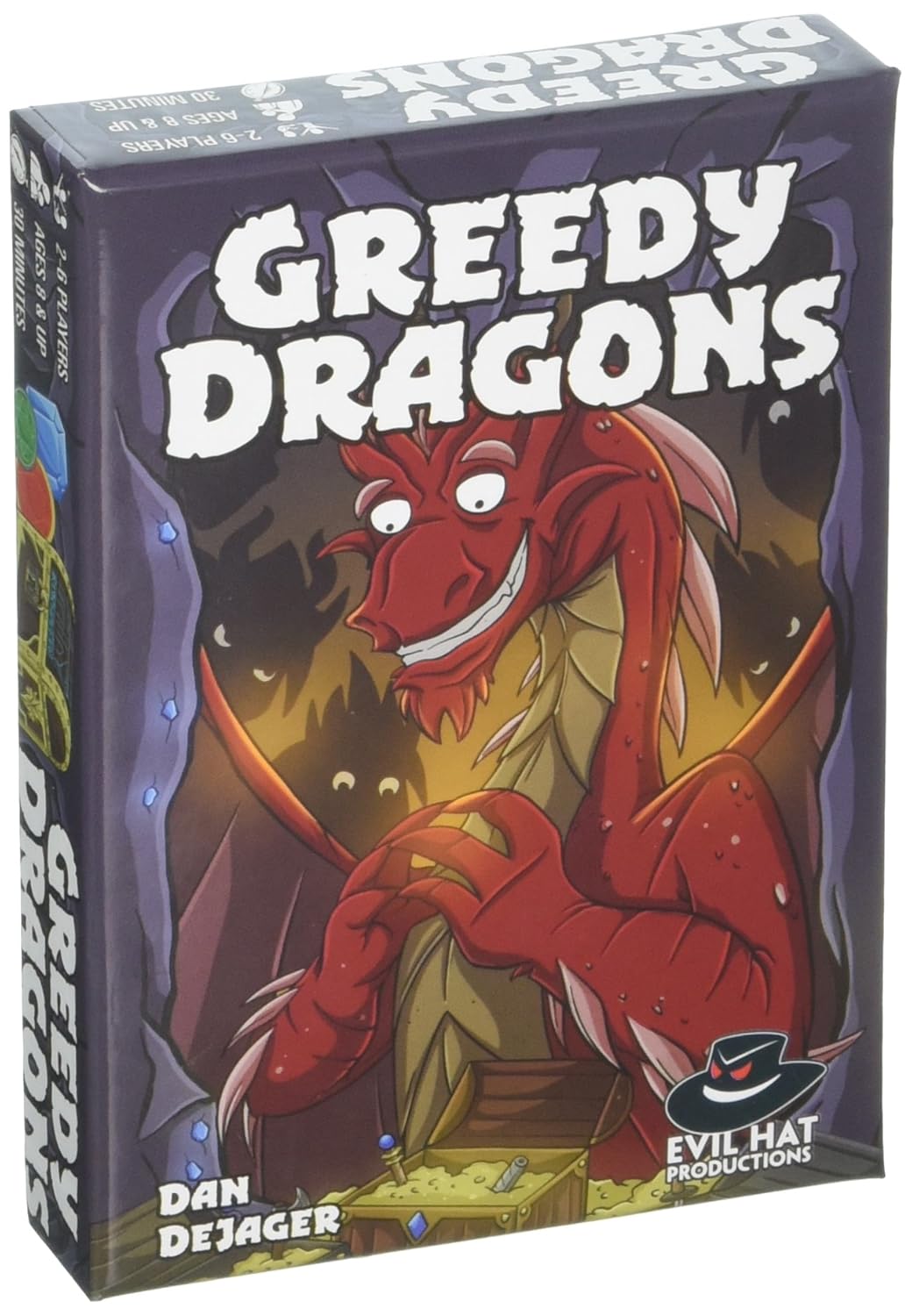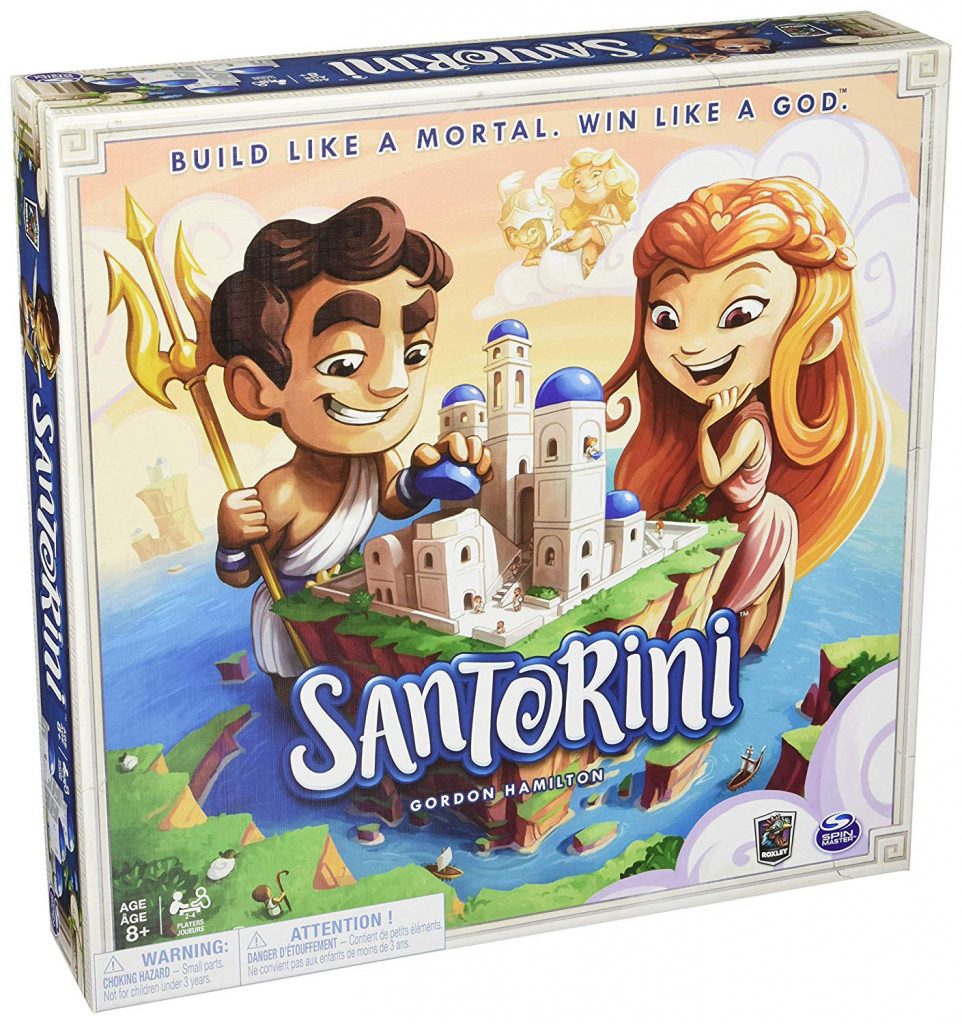
Wednesday night is, when possible, boardgame night at our house. It’s a high point of the week, and while we have a stable of favorites that we like to rotate through, it’s also an opportunity to try out new games.
One of thise week’s new games was a Pax Unplugged acquisition; Dice Heist from AEG (who have been putting out some really fun stuff lately). I picked this up because it was small and cheap, promised a quick playtime, and was a theme I dig. It paid off on all fronts.
Gameplay is simple. You have a single black d6 representing your thief, a pool of white d6s representing potential crewmembers, a deck of carts with various pieces of art on them, and 4 museums with different security ratings (2-5). Every turn a card is revealed and put “on display” in a museum. On your turn, you either recruit crew (which is to say, grab a white d6), or attempt to rob the museum. To rob a museum you roll your thief die and any number of your recruited dice and hope your best die is better than the security rating. If so, take all the cards at that location, and return your crew to the pool. If not, keep your crew and your turn is over. Game is over when everything is stolen, and there’s a scoring mechanic on all the stuff you’ve stolen which is definitely a scoring mechanic.
This is fairly familiar press your luck play, but it goes quickly and smoothly enough that that would be fine, but actual play proved more nuanced than I expected. I had kind of expected the cadence to be “build up a crew, then use them once it’s worthwhile” but three things messed with that (in a good way). First, with no crew but your thief, you have a 2/3rd chance of successfully robbing the least secure museum, and a 50% chance of robbing the second. Second, the only penalty for failure is the wasted turn. These things combined to make players more willing to take a risk because the benefit of gaining another crew member had to be weighted agains the fact that somebody would probably succeed before the turn came around.
Third, because you could choose how much crew you used, crew acquisition was a bit more calculated. Often, the choice to grab crew was made because the rewards weren’t tempting enough to try for, but the crew would then be stockpiled for future rather than immediate use. It made the decision more interesting than a simple rubric, and that delighted me.
The upshot was that play was just fast and fun. It did not reward the conservatism that sometimes turns into a game of stockpile chicken, but it still rewarded thinking ahead and sometimes passing up immediate reward for future gains. I’m not going to say it was super deep, but it’s definitely fun. The game hits all the necessary notes (fast, simple, fun, quick) that earn it a place in my go bag of games.
I also am filing it away for minigame purposes. The core mechanic is simple, but complimentary to games like Blades in the Dark or Don’t Rest Your Head, and I may yet find a way to squeeze it into downtime or otherwise jazz up a game with it, especially because it would not be hard to replicate the game with a deck of playing cards and a stack of D6s.






 I Was in the position of entertaining a tween the other day, so I busted out Santorini. If you’re unfamiliar with it, Santorini is a delightful boardgame of tower building and Greek gods. It’s a favorite around our household.
I Was in the position of entertaining a tween the other day, so I busted out Santorini. If you’re unfamiliar with it, Santorini is a delightful boardgame of tower building and Greek gods. It’s a favorite around our household.